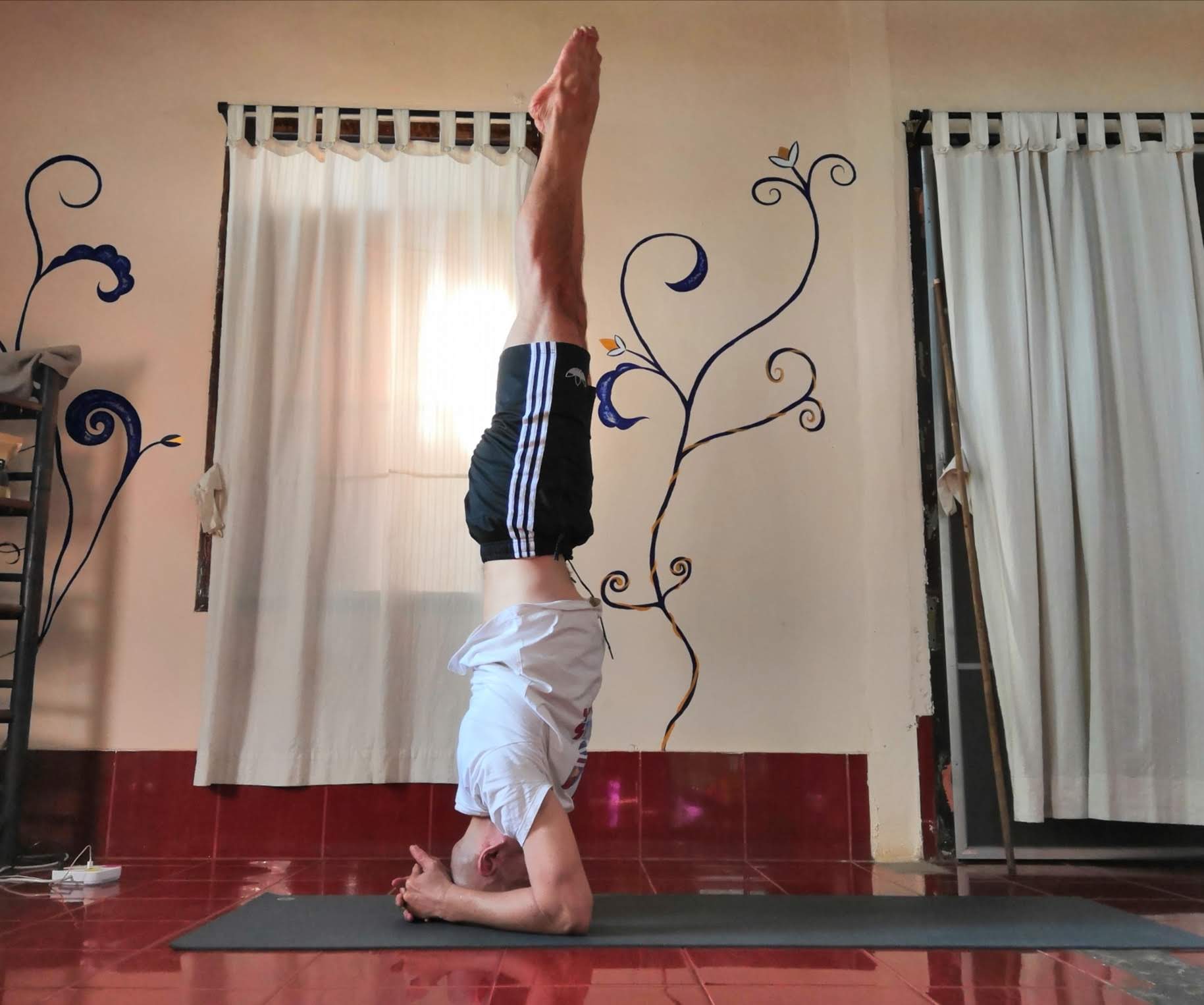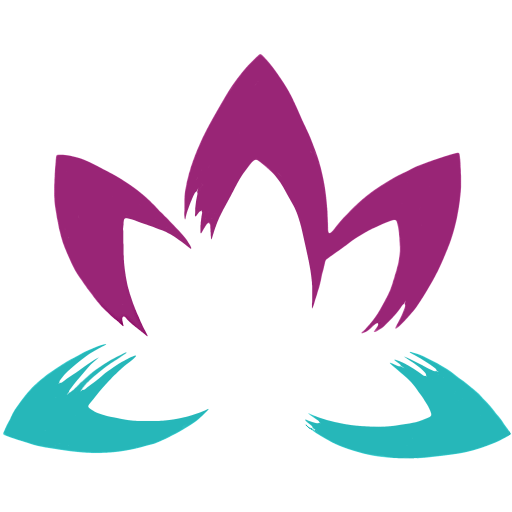
There are many postures in Yoga, and I don’t know how many postures does exist. I used to practice many postures, but as I practice for longer periods of time, my practice has become simpler, eliminating unnecessary postures. The postures that are essential for me in my daily practice are inverted postures such as headstands. Among the myriad of postures, headstand is considered the king of Asana, Asana means Yoga postures in Sanskrit. And headstand is called Sirsasana in Sanskrit. It is probably one of the most important posture. Let’s see the reason why it is called the king.
This is an excerpt from BKS Iyengar’s ‘Light on Yoga’ which is like a bible of yogis
The ancient books have called Sirsasana the king of all asanas and the reasons are not hard to find. When we are born, normally the head comes out first and then the limbs. The skull encases the brain, which controls the nervous system and the organs of sense. The brain is the seat of intelligence, knowledge, discrimination, wisdom and power. It is the seat of Brahman, the soul. A country cannot prosper without a proper king or constitutional head to guide it; so also the human body cannot prosper without a healthy brain.
The Bhagavad-Gita says: ‘Harmony (sattva), mobility (rajas), inertia (tamas), such are the qualities, matter-born; they bind fast, O great armed one (Arjuna), the indestructible dweller in the body.’ (Fourteenth Discourse, verse 5.) All these qualities stem from the brain, and sometimes one quality prevails and sometimes the others. The head is the centre of sattvic qualities which control discrimination; the trunk of Rajasic qualities which control passion, emotion and actions; and the region below the diaphragm of tamasic qualities which control sensual pleasures like the enjoyment of food and drink, and the thrills and pleasures of sex.
Regular practice of Sirsasana makes healthy pure blood flow through the brain cells. This rejuvenates them so that thinking power increases and thoughts become clearer. The asana is a tonic for people whose brains tire quickly. It ensures a proper blood supply to the pituitary and pineal glands in the brain. Our growth, health and vitality depend on the proper functioning of these two glands.
People suffering from loss of sleep, memory and vitality have recovered by the regular and correct practice of this asana and have become fountains of energy. The lungs gain the power to resist any climate and stand up to any work, which relieves one from colds, coughs, tonsillitis, halitosis (foul breath) and palpitations. It keeps the body warm. Coupled with Sarvangasana movements (Plates 234 to 271), it is a boon to people suffering from constipation. Regular practice of Sirsasana will show marked improvement in the haemoglobin content of the blood.
It is not advisable to start with Sirsasana and Sarvangasana when one suffers from high or low blood pressure.
Regular and precise practice of Sirsasana develops the body, discplines the mind and widens the horizons of the spirit. One becomes balanced and self-reliant in pain and pleasure, loss and gain, shame and fame and defeat and victory.
